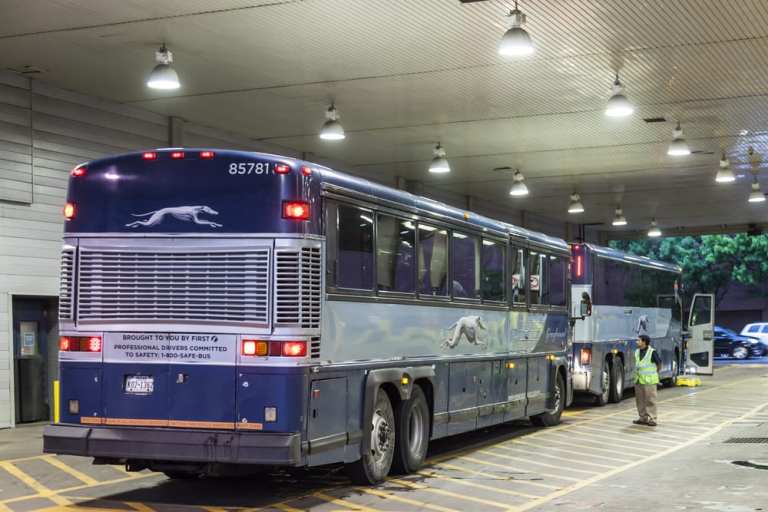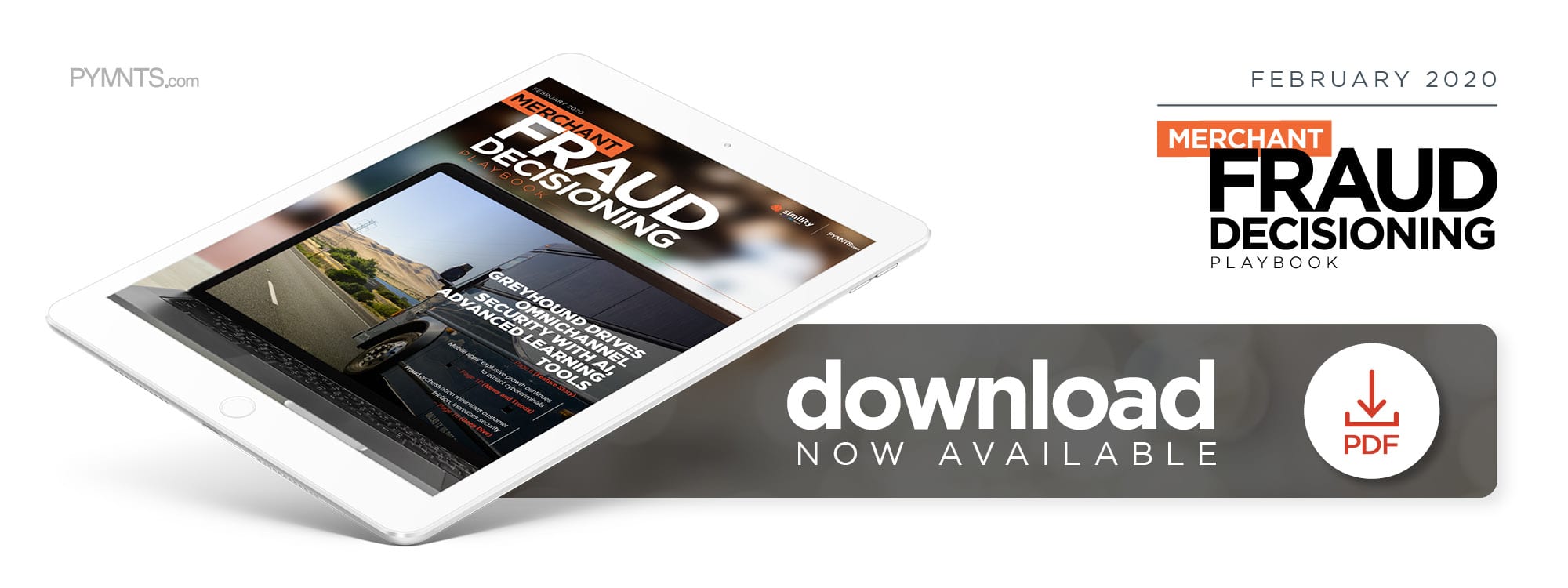
Bad actors are increasingly targeting transit companies’ loyalty programs and relying on stolen payment credentials, but tighter online authentication measures and artificial intelligence (AI)-powered solutions can put the brakes on that fraud. In the new Merchant Fraud Decisioning Playbook, Greyhound Lines Vice President of Strategy, Marketing and Customer Engagement Todd Koch explains how advanced learning tools are helping the 106-year-old bus company overhaul its security as it expands its purchasing channels.
 The travel industry may have seen exceptional growth in recent years, but the space has also toted the heavy baggage of rising fraud costs. Fraud could cost the market more than $25 billion this year, and approximately 20 percent of attempted travel-related transactions are confirmed to be fraudulent. Dallas-based busing line Greyhound is all too familiar with such problems, prompting it to implement advanced learning technologies to secure ticketing.
The travel industry may have seen exceptional growth in recent years, but the space has also toted the heavy baggage of rising fraud costs. Fraud could cost the market more than $25 billion this year, and approximately 20 percent of attempted travel-related transactions are confirmed to be fraudulent. Dallas-based busing line Greyhound is all too familiar with such problems, prompting it to implement advanced learning technologies to secure ticketing.
The 106-year-old company recently underwent a significant technological overhaul, using AI and ML to upgrade its payment and enterprise system and make buying tickets as efficient and secure as possible. Greyhound is also looking to attract passengers with refurbished buses and self-service kiosks at nearly 4,000 terminals across the country.
In a recent interview with PYMNTS, Todd Koch, vice president of strategy, marketing and customer engagement at Greyhound, explained how the company secured the new channels its digital transformation created.
“What we really started with was understanding customers’ pain points throughout the ticket purchase process, from pre-travel [to] post-travel,” he said. “Our number one goal was making sure that process was as frictionless as possible while making sure that we [offered] a fully secure process.”
Rolling out dynamic pricing models, mobile apps
Greyhound, which United Kingdom-based FirstGroup purchased in 2007, serves more than 16 million riders each year across the U.S. and Canada, making IT infrastructure upgrades a daunting task. The firm completed the first phase of its transformation in 2014, allowing it to use real-time analytics and IT tools to create dynamic pricing models and enable online and mobile app transactions. Greyhound now guarantees customers’ seats, and its airline-style yield management system and real-time pricing algorithms have sharply reduced overbooking. Streamlining operations and improving customer insights were key, but so was protecting against fraud, Koch said.
Greyhound’s digital push comes as more consumers — many of them millennials — are demanding added affordability, convenience and safety from travel companies. Koch acknowledged that one of the biggest challenges of overhauling Greyhound’s operations was overcoming an enterprise system and corporate culture riddled with “sacred cows.”
Management had to educate stakeholders during the transformation process and overcome reluctance from its 50 bus carrier partners.
“We got consistent pushback,” he said, noting that some “weren’t ready for … the technologies we were putting in.”
Overcoming legacy systems
Riders had to go through 25 steps to purchase tickets online prior to the introduction of Greyhound’s new website in 2015, Koch pointed out, adding that a printed ticket looked like an “accounting sheet.”
“You can imagine how much friction that introduced and what our conversion rates were then,” he said. “Now, once you’ve selected your ticket, you can check out with one click, [allowing] our conversion rates [to go] up significantly.”
Management also needed to ensure the firm’s new payment system offered customers’ preferred payment methods, including cash. Those using hard currency can order tickets online and pay for them upon pickup at brick-and-mortar retailers. This buy now, pay later (BNPL) program assists those who are underbanked or do not have funds readily available in their accounts.
“That was a huge win … because it enabled us to shift quite a few people to this really frictionless experience while [also] allowing them to continue to transact with us in cash, their preferred method of payment,” he explained.
Keeping bad actors off the bus
Greyhound offers customers a number of discounts and promotions to compete in the crowded bus industry, and the firm focuses much of its promotional and discounting programs on existing customers rather than new ones, Koch said. Bad actors used to take advantage of these gateways, such as Greyhound’s loyalty program, and inflict damage on the company, but its new, enhanced payment system more easily authenticates users and prevents such abuses. Even third-party purchases are protected, as these transactions must also go through Greyhound’s security firewalls. The firm’s user identification security system has cut “chargebacks to nothing,” according to Koch.
Not all of Greyhound’s digital moves have paid off, Koch noted, citing its attempt to sell tickets via the Apple Watch.
“No one used it,” he lamented. “It was one of those things where it sounded like a great idea.”
Management is now taking a “wait and see” approach, Koch said, and is observing how technologies are being used elsewhere in the travel industry before hopping aboard. Such an approach may not put Greyhound on the industry’s technological forefront, but it will ensure its customers remain protected in a market rife with scams.